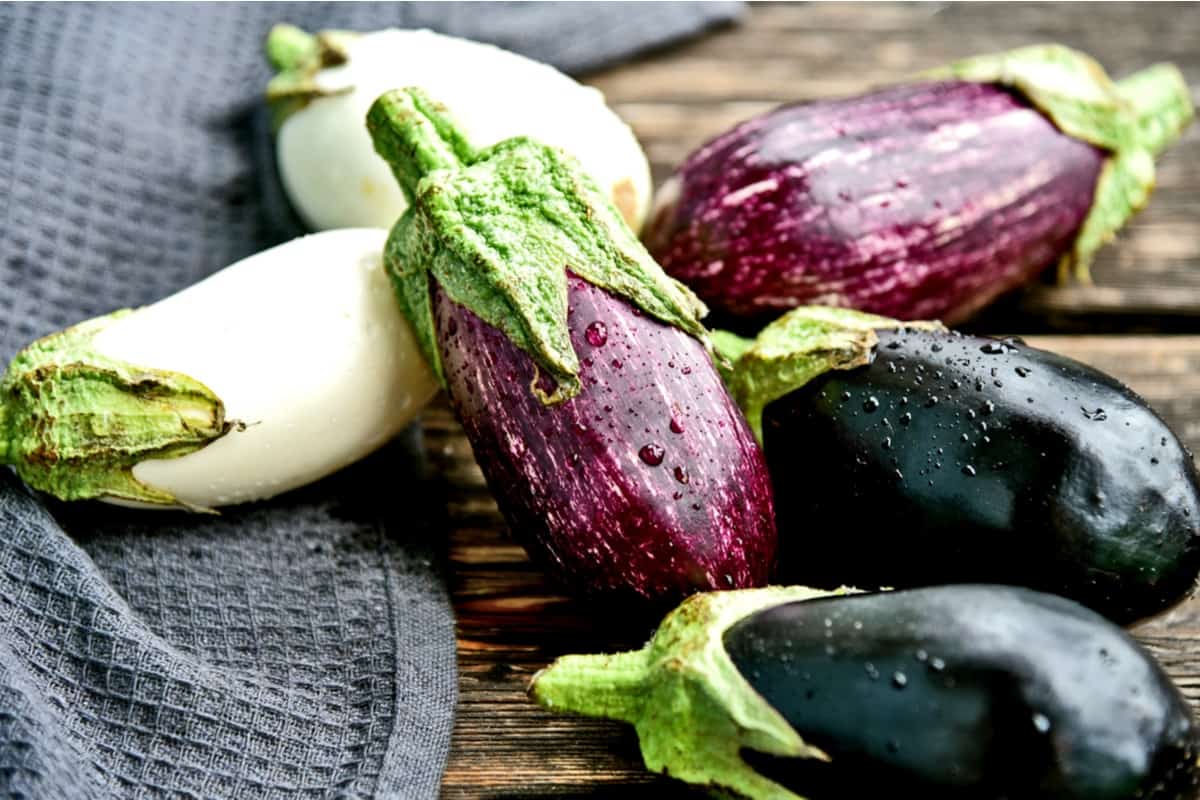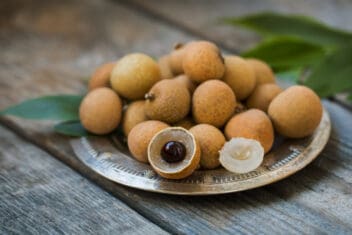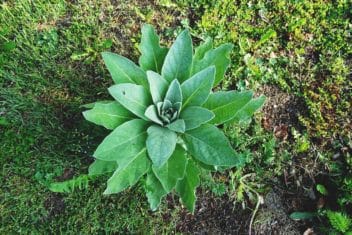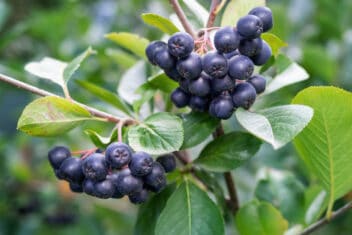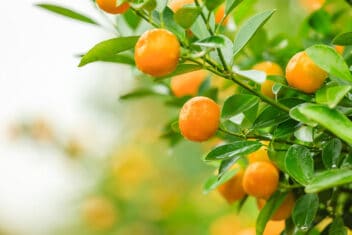I’m a big fan of growing eggplant in the garden. It’s easy to grow and easy to cook – and let’s not forget how delicious it is.
I’ve always stuck to the classic globe eggplant (also known as the American eggplant), but did you know that there are plenty of other eggplant varieties you might consider planting?
Among them are graffiti, fairy tales, Chinese, and of course, Italian eggplants.
If you’re interested in branching out and trying new things in your garden, growing Italian eggplant is a must. Here are some of the most popular varieties.
What is Italian Eggplant?
Although globe eggplants are what you will see most often in the grocery store, they are far from the only options.
Italian eggplants, though somewhat less common, can be used for a variety of popular culinary dishes. Italian eggplants come in many shapes, styles, and forms. There are late, midseason, and early varieties.
Not only that, but they come in many different colors, too. Although the flesh of these vegetables is almost always a creamy white color (and known for its rich, nutty flavor), you can find Italian eggplant with skin in shades of white, purple, black, or even multicolored.
All varieties of eggplant, including Italian eggplant, are incredibly good for you. They are rich in flavonoids, particularly the plant pigment known as anthocyanin. This antioxidant offers a host of health benefits, including the potential to lower your blood pressure. Of course, Italian eggplant is also rich in nutrients like fiber, potassium, vitamin C, and vitamin B6.
Best Italian Eggplant Varieties
In the market for some fun new seeds to add to your garden? Consider these popular Italian eggplant varieties to shake things up a bit!
1. Galene
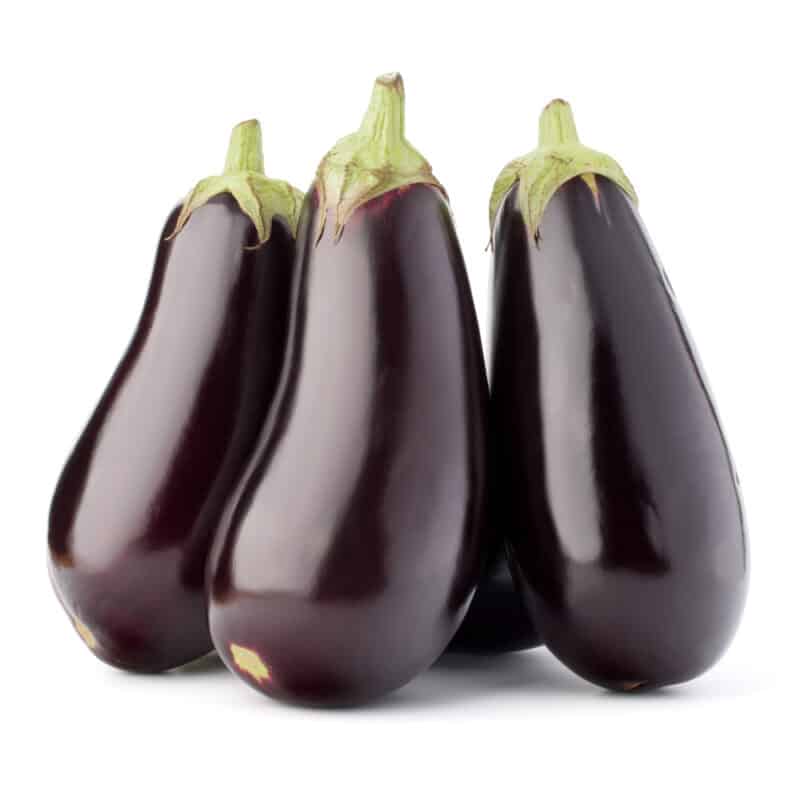
‘Galene’ is an Italian eggplant variety that is known for its exceptionally high yields. This plant produces glossy, uniform fruits that are black to purple and up to 7-inches long.
Even for gardeners with shorter growing seasons, this is a high-yielding variety to consider.
2. Nadia
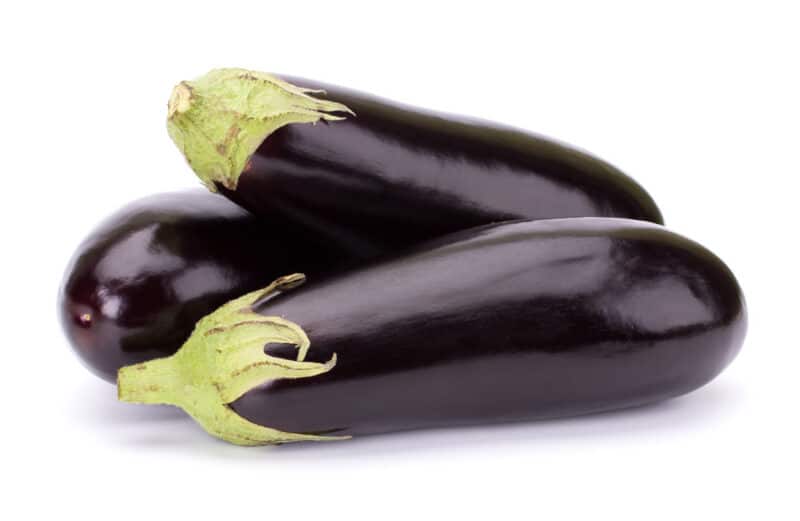
‘Nadia’ is another excellent option. A traditional black Italian eggplant, it is slightly larger than Galene, producing fruits up to 8-inches long. It’s another great pick for northern gardeners since it has the ability to set fruit even when the weather is chilly.
3. Jaylo
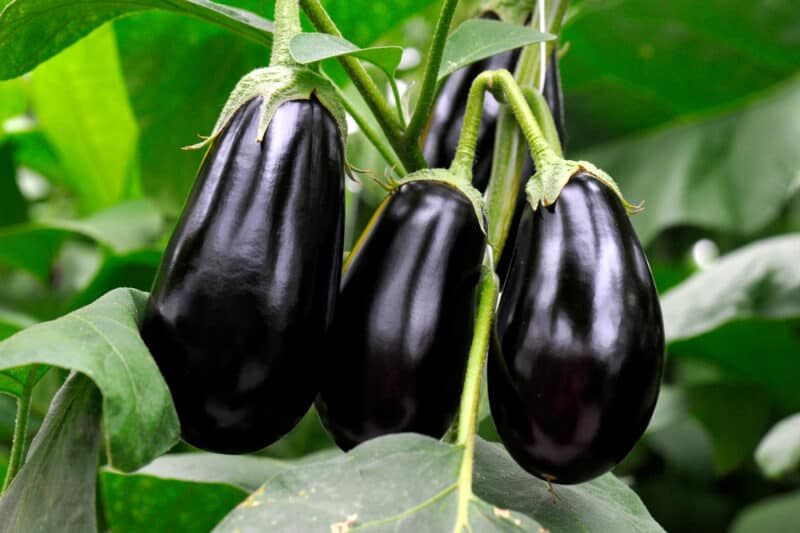
‘Jaylo’ is one of the best Italian eggplant cultivars for greenhouse growers. It is high-yielding and vigorous with the ability to produce over the course of a long growing season. Its fruits are versatile enough that you can harvest them when they are small, quarter-pound fruits, or larger, half-pound eggplants.
4. Dancer

If you’d like your eggplant garden to be a bit more diverse in terms of color, you might want to grow ‘Dancer.’ ‘Dancer’ has semi-cylindrical fruits that are up to 8-inches long and 4-inches wide. These eggplants are mild, not bitter at all, but they are colored a deep pink instead of the traditional dark purple.
5. Beatrice
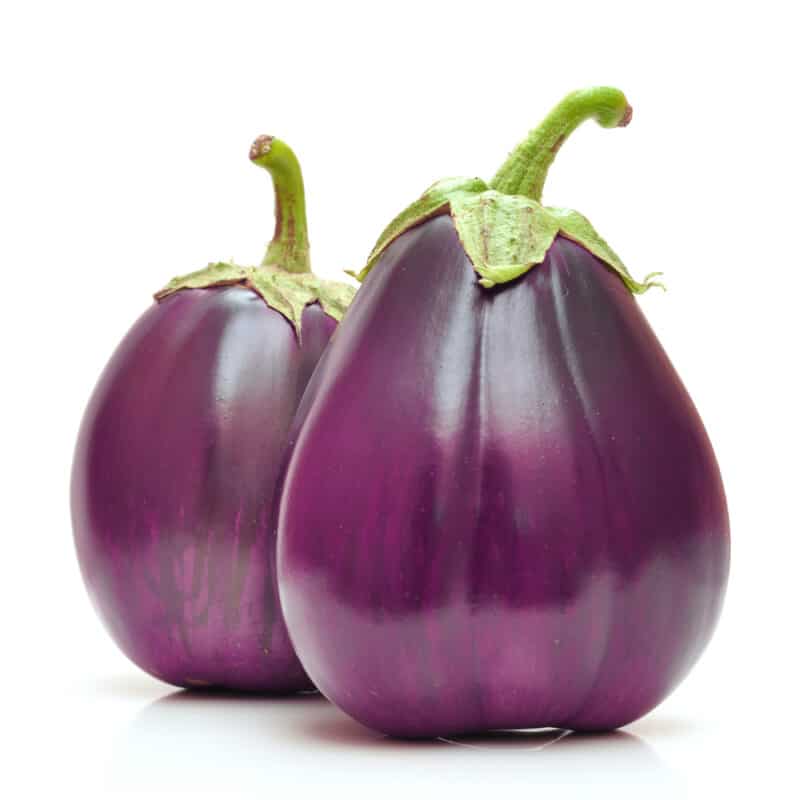
‘Beatrice’ eggplants are a bit shorter and squatter than other Italian eggplants. However, the flavor, shape, and texture of these beauties can’t be beaten. They’re about 5-inches long and 4-inches wide – and a deep, dark purple that’s sure to catch your eye.
6. Traviata
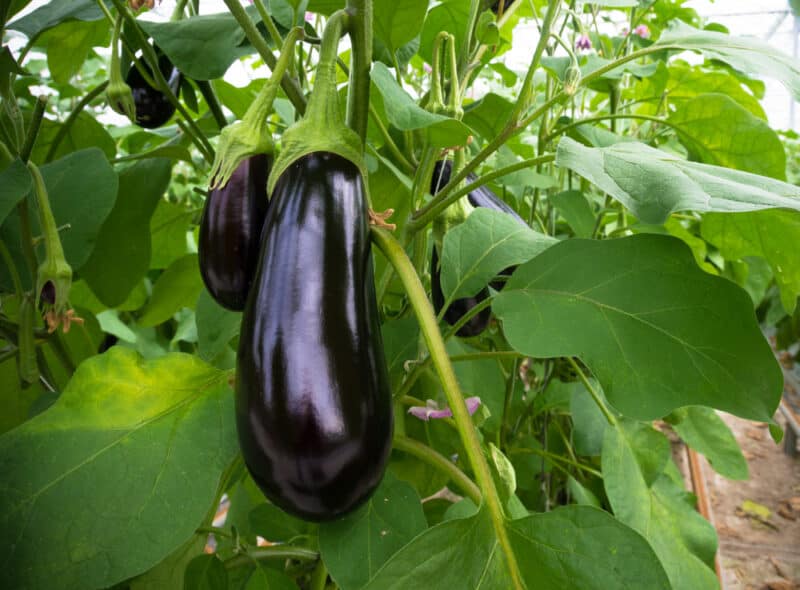
‘Traviata’ looks much like the traditional American eggplant variety you’ll see on the supermarket shelves, but it offers so much more. It’s roughly 6-inches long and 3-inches wide. It has an exceptional flavor and a glossy, attractive appearance.
Best yet, ‘Traviata’ is a plant that’s ideal for growers who want maximum yields. You will receive uniform fruits on high-yielding plants.
7. Clara
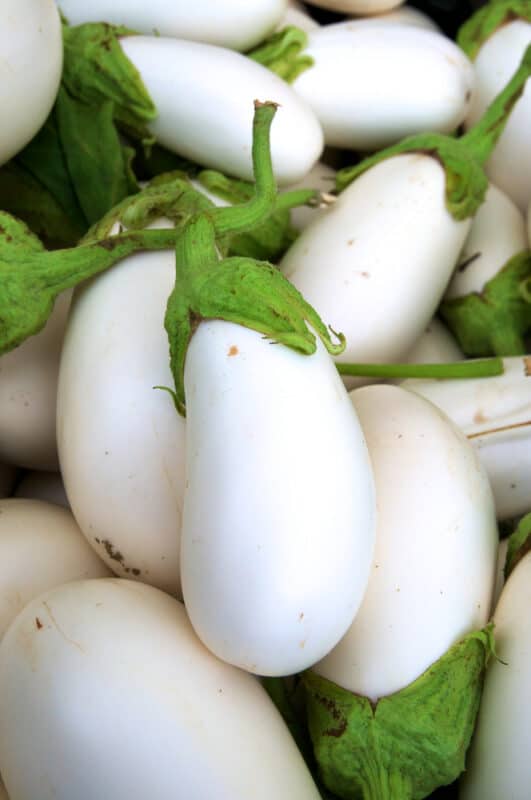
‘Clara’ is an Italian eggplant cultivar that is easy to start from seed and offers exceptional yields. Those are two reasons why producers choose to grow it – but the best reason? Instead of the classic purple eggplant color, this plant produces fruits that are ghost white.
Each one is about 5-inches long and 4-inches in diameter. The plants mature early in the season, making it a good choice for farmer’s markets and home gardeners. The only downside to this beautiful cultivar is that its skin is quite thin and can bruise or suffer from disease relatively easily.
8. Paloma
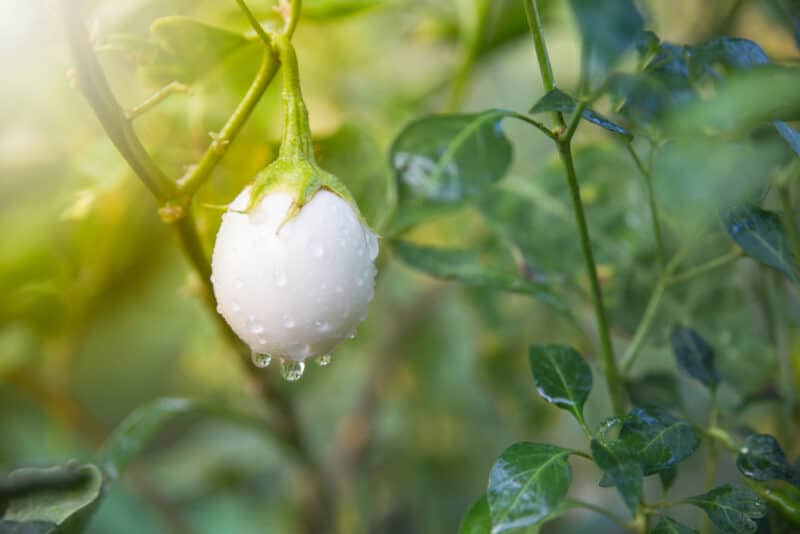
‘Paloma’ is another clean-looking white eggplant. These fruits are known for their distinctive ribbing, creamy texture, and deliciously sweet flavor.
It’s also easily bruised with thin skin, but is a bit shorter and squatter (as well as significantly more productive, believe it or not!) than ‘Clara.’
9. Aretussa
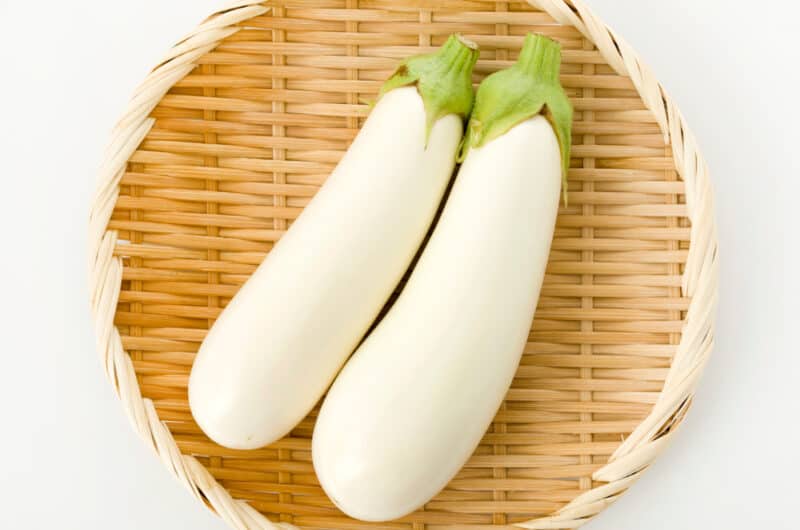
This is another white eggplant variety to consider. It is incredibly versatile and high-yielding, producing dozens of 8-inch fruits on sturdy plants. Although staking is always a good idea to prevent your plants from becoming damaged under the weight of a heavy harvest, you can almost get away without it with this unique cultivar.
Again, as with all the other white eggplant varieties we’ve mentioned on this list, it bruises easily – not a good option if you plan on growing eggplant commercially and want to ship some across the country. However, for the vast majority of people, bruising should be a minor issue.
10. Nubia
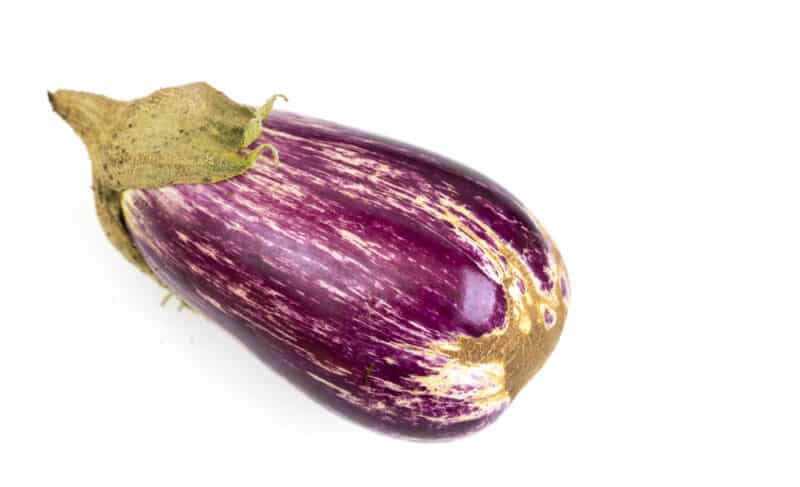
‘Nubia’ is a late-season variety of eggplant, so it might not be the best for home growers in the north. However, if you’re willing to wait a while (or can start your plants from seed indoors) you may want to consider growing ‘Nubia.’
Although it is technically an Italian eggplant variety, it is sometimes referred to as Dominican eggplant. Whatever you call it, this plant is an attractive purple and white variegated eggplant that produces fruits up to 8-inches long and 4-inches wide.
11. Barbarella
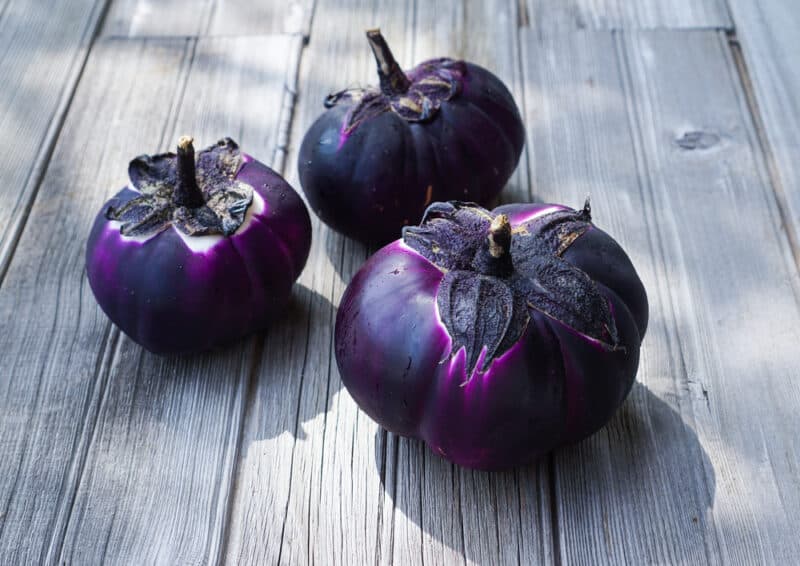
‘Barbarella’ is a dark purple eggplant that has a unique white halo around the calyx. It produces fruits that are squat – so much so that they are nearly perfectly round – and about 6-inches in diameter.
It offers excellent flavor and excellent yields, making it a good choice for home and commercial growers alike.
12. Angela

This variety of Italian eggplant is perfect for greenhouse production. It can be picked at just about any time, but for the best flavors, you should harvest when it is about half a pound in size.
It has a reduced spine and exceptionally high yields. Its fruits are glossy and dark purple with white stripes, giving it a unique appearance that will set it apart from the other plants in your garden. Again, like ‘Nubia,’ this kind of Italian eggplant is sometimes referred to as Dominican eggplant, too.
13. Rosa Bianca

Last but not least is ‘Rosa Bianca.’ This kind of Italian eggplant is a purple and white striped plant that is plump and ribbed. Its flesh is white, mild, and creamy. It’s another one that might not be ideal for northern growers since it prefers warm nights and even warmer days.
Growing Italian Eggplant
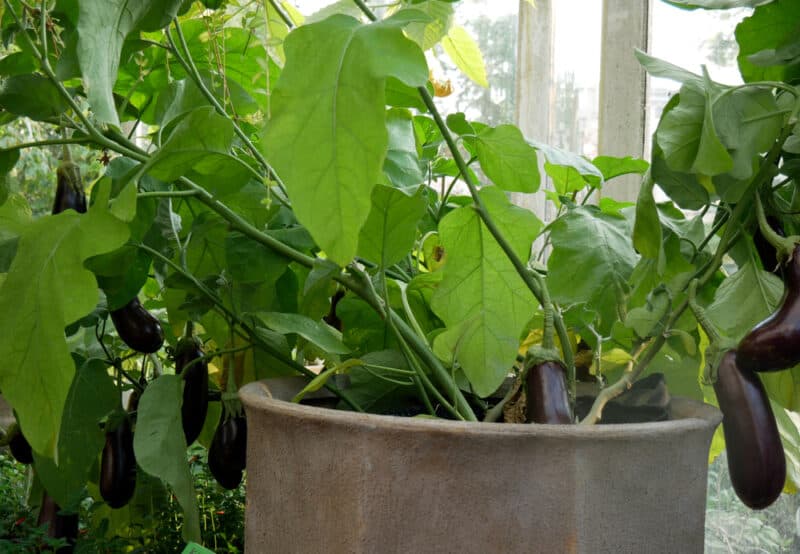
Growing Italian eggplant varieties is just like growing any other cultivar of eggplant. However, if you’re new to growing eggplant in general, just know that the conditions preferred by these plants are similar to those needed by peppers and tomatoes.
You can encourage your Italian eggplant to produce more fruits (sometimes more than a dozen per plant!) by pinching off growing points. This will encourage all of the plant’s energy to be directed toward producing new fruits.
Plant seedlings in the garden as soon as the soil has warmed. You can start plants from seed indoors about 6-8 weeks before the last expected frost date or you can start seeds outdoors (not recommended unless you live in an area with a long growing season).
Italian eggplant can even be grown in a container!
In any event, it’s important to plant your Italian eggplant in full sun and to do so in rich, fertile soil. Keep it consistently moist, though not soggy, and fertilize once a week with a high potassium fertilizer once fruits appear.
Staking your plants is a good idea, too, since they can become tippy and flop over once the fruits form.
Most varieties of Italian eggplant are ready to harvest in just 70 days, but this can vary. Consult your seed packet for more specific information – or just look at the fruits as an indicator! Italian eggplant is ripe when it no longer bounces back when you press on it with your finger.
Then, all that’s left is to figure out what delicious eggplant recipes you’ll follow to use up all of your tasty harvests. Bon appetit!
